Vectorization plays a crucial role in the world of design, enabling the creation of scalable and high-quality graphics. Whether you are working on a logo, illustration, or any other visual project, the process of converting raster images into vector format is essential.
However, when it comes to vectorization programs, there are two primary approaches to consider: manual vectorization and auto-tracing software. Each method has its own advantages and limitations, which can significantly impact your end results.
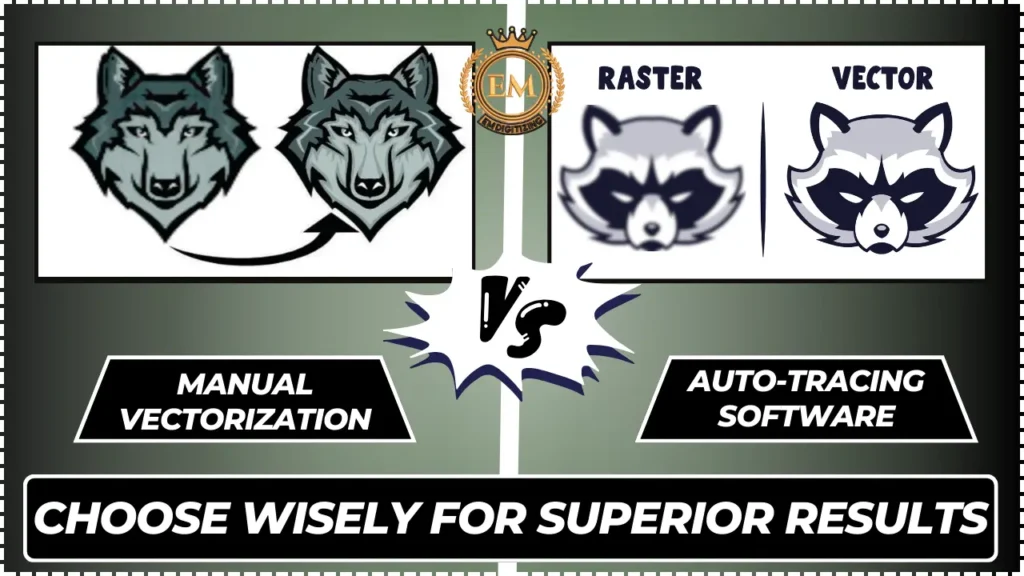
In this article, we will explore the differences between manual vectorization services and auto-tracing software, weigh their pros and cons, and provide insights to help you make an informed decision that will lead to superior outcomes for your design projects.
Manual Vectorization vs Auto-Tracing Software: Choose Wisely for Superior Results
Importance of Vectorization in Design:
Vectorization, my friend, is the secret sauce that gives design its extra oomph.
It’s the process of converting pixel-based images into scalable, smooth, and infinitely versatile vector graphics. And let me tell you, it’s an art form in its own right.
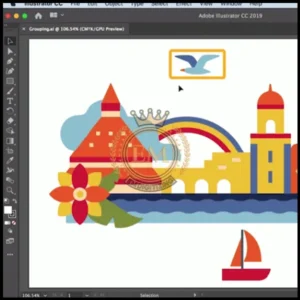
But why should you care about vectorization?
Well, you have a killer design, but it’s as pixelated as an 8-bit video game from the ’80s. Not exactly the look you were going for, right?
That’s where vectorization swoops in to save the day. It ensures your designs remain crisp, clear, and oh-so professional, no matter how big or small you need them.
Now, here’s the kicker: there are two main ways to achieve vectorization.
You can either roll up your sleeves and manually trace your images like a true artiste, or you can let technology do the heavy lifting with auto-tracing software.
So, which path should you choose? Let’s dive in and find out.
Manual Vectorization: Mastering the Art of Hand Tracing
Manual vectorization is like the haute couture of the design world.
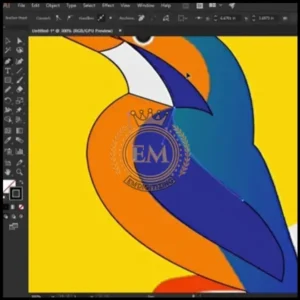
It involves painstakingly tracing every nook and cranny of your image by hand, using vector software like Adobe Illustrator or CorelDRAW. It’s a labor of love, my friend, requiring skill, patience, and a steady hand.
Benefits of Manual Vectorization:
There’s something gratifying about taking matters into your own hands, quite literally.
Manual vectorization allows you to have complete control over the process. You become the Picasso of vectors, shaping and refining each line to perfection.
Plus, it gives you the flexibility to make creative choices along the way, adding your distinct flair to the design.
Techniques and Tools for Manual Vectorization:
To excel at manual vectorization services, you need to arm yourself with the right techniques and tools. Practice the art of bezier curves, learn the tricks of anchor points, and master the art of layer organization.
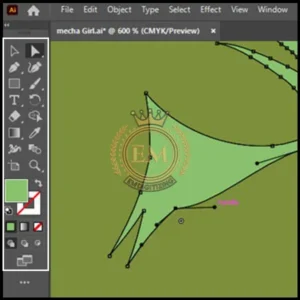
And, of course, having a trusty tablet or graphic pen will make your journey smoother than a freshly buttered croissant.
Auto-Tracing Software: Leveraging Technology for Faster Results
Now, if you’re more of a “work smarter, not harder” kind of person, auto-tracing software will be your new best friend.
This modern sorcery uses algorithms to automatically trace and convert raster images into vector graphics. It’s like having a design wizard working their magic at the click of a button.
Advantages of Auto-Tracing Software:
The beauty of auto-tracing software lies in its efficiency and speed. It can instantly vectorize complex images with minimal effort on your part, saving you hours of manual labor.
Not to mention, it’s a fantastic option for those of us who don’t possess the hand-eye coordination of a surgeon or want to get things done dastardly fast.
Limitations and Challenges of Auto-Tracing Software:
But hold your horses, my friend. Auto-tracing software is not without its quirks. It might struggle with intricate details, smooth gradients, or images with low resolution.
Sometimes, it can even go a little overboard with the anchor points, creating a hot mess of tangled lines.
So, just like a GPS, it’s not always 100% reliable. Use it wisely and check your results for any wonky surprises.
Pros and Cons: Comparing Manual Vectorization and Auto-Tracing Software
Let’s compare both techniques and find out which is best:
Precision and Control:
When it comes to precision and control, manual vector tracing reigns supreme. The human touch allows for meticulous attention to detail and the ability to make creative decisions on the fly.
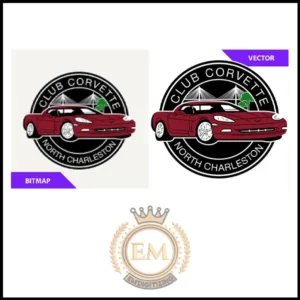
Auto-tracing software, on the other hand, trades a bit of precision for speed, making it great for simpler designs but less suitable for intricate artwork.
Time Efficiency and Productivity:
In a world where time is money, auto-tracing software takes the cake. With lightning-fast processing and minimal effort required, it’s the champion of speed and efficiency.
Manual vector tracing, though rewarding, can be a time-consuming affair, especially for complex designs that require countless hours of tracing.
Quality of Output:
When it comes to quality, both manual vectorization and auto-tracing software can produce stellar results. However, manual vectorization service gives you that extra touch of craftsmanship and allows for more customization.
Auto-tracing software may fall short in capturing intricate nuances, so it’s crucial to review and refine the output to ensure perfection.
Factors to Consider: Making the Right Choice for Your Project
When it comes to choosing between manual vectorization and auto-tracing software, there are a few key factors you should consider to ensure you make the right choice for your project.
Let’s take a look at three important considerations:
Complexity and Detail of the Design:
The complexity and level of detail in your design play a significant role in determining which method is best suited for your project. If your design is simple, with clean lines and minimal intricacies, auto-tracing software can be a time-saving option.
However, if your design has intricate details, textures, or requires precision, manual vectorization gives you complete control over the process and ensures superior results.
Time Constraints and Deadlines:
Time constraints and deadlines are often deciding factors in any project. If you have a tight schedule and need quick results, auto-tracing software can provide a faster solution. It automatically converts raster images into vectors, saving you valuable time.
On the other hand, manual vectorization may take longer, especially if you have a complex design. Factor in your project’s time requirements when making your decision.
Skill Level and Expertise:
Consider your skill level and expertise in vectorization techniques. If you have experience with manual vectorization and are confident in your abilities, it may be the better choice.
Manual vectorization allows you to exercise full creative control and make precise adjustments. However, if you’re new to vectorization or lack the necessary skills, auto-tracing software can be a more accessible and user-friendly option.
Conclusion: Achieving Superior Results through Strategic Vectorization Techniques:
Whether you choose manual vectorization or auto-tracing software, achieving superior results requires strategic vectorization techniques aligned with the specific needs of your project.
Consider the complexity of your design, time constraints, your skill level, and the software’s features and capabilities. With the right approach and tools, you’ll be able to transform raster images into high-quality vectors, enhancing the impact and versatility of your designs.
EMdigitizing: The Expert in Vector Art:
Are you looking for some help to get your design ready for screen printing?
Well, look no further than EMdigitizing! We are here to provide you with top-notch vector art services, and guess what?
We have an amazing deal just for you – 50% off on your first order! How cool is that?
Our team at EMdigitizing is super skilled in vectorization. They will carefully prepare your design for printing, making sure it’s done in high-quality and at an affordable price.
So, no need to worry about the technical stuff – we’ve got you covered!
If you have any questions or need assistance, don’t hesitate to reach out to us. Our staff is always ready to help and they are available 24/7.
If you find this information helpful, feel free to share it with your friends too!
Now, go ahead and have fun stitching! We really appreciate you taking the time to read this.
Happy designing!
Frequently Asked Questions:
If you want to turn an image into a vector graphic, Adobe Illustrator is the go-to program. But don’t worry if you’re looking for a free option, Inkscape is a great alternative for simpler projects.
If you’re specifically looking to transform a raster image into a vector one, Adobe Illustrator is the best choice. It has powerful tools for vectorization and can adapt to different needs. However, if you want to explore other options, you can also try CorelDRAW, Inkscape, or Vectr.
To vectorize an image, you can use programs like Adobe Illustrator or CorelDRAW. If you prefer free alternatives, Inkscape is a great option too. These programs help you trace and transform raster images into vector graphics, which can be easily scaled and modified.
Automatic tracing is a process where software converts pixel-based raster images into vector drawings. This method allows you to create high-quality, scalable vector pictures that can be easily scaled and edited.
There are different types of tracing. Vector tracing is one type that converts raster images into scalable vectors. Another type is image tracing, which converts sketches or photographs into digital images with editable paths.
